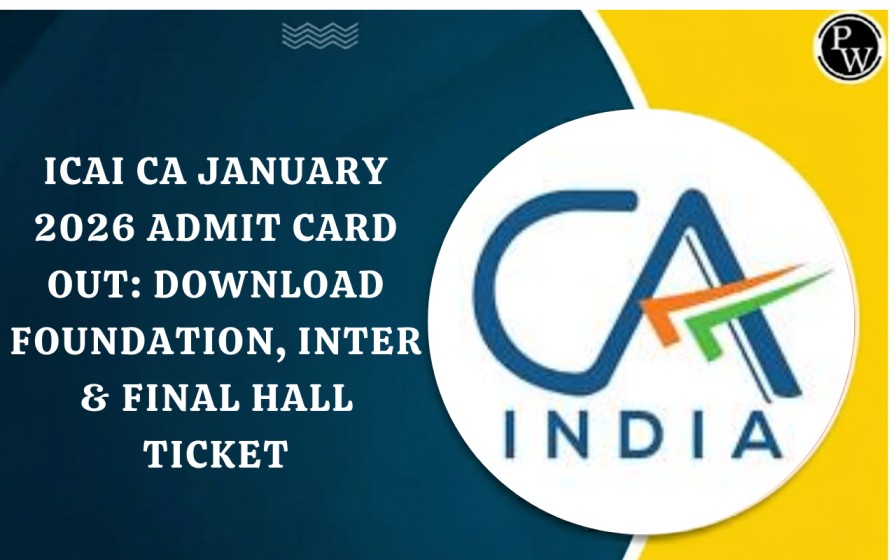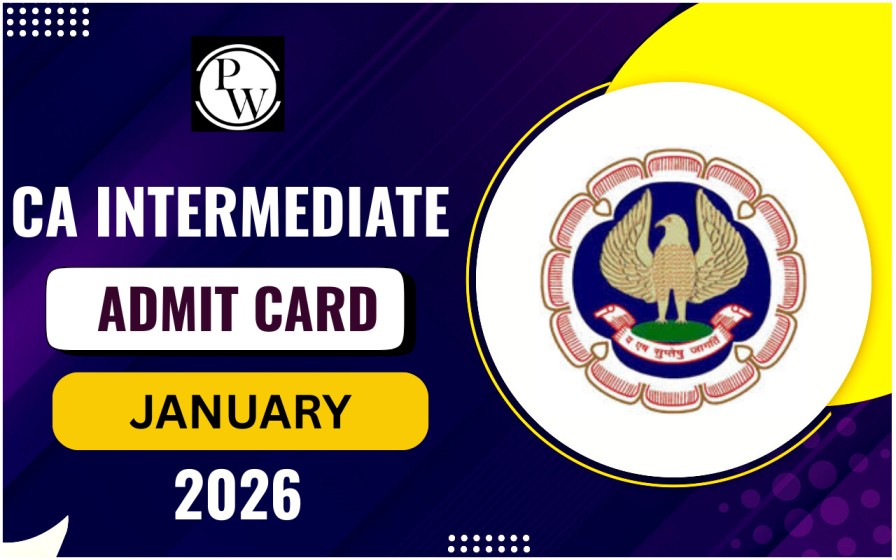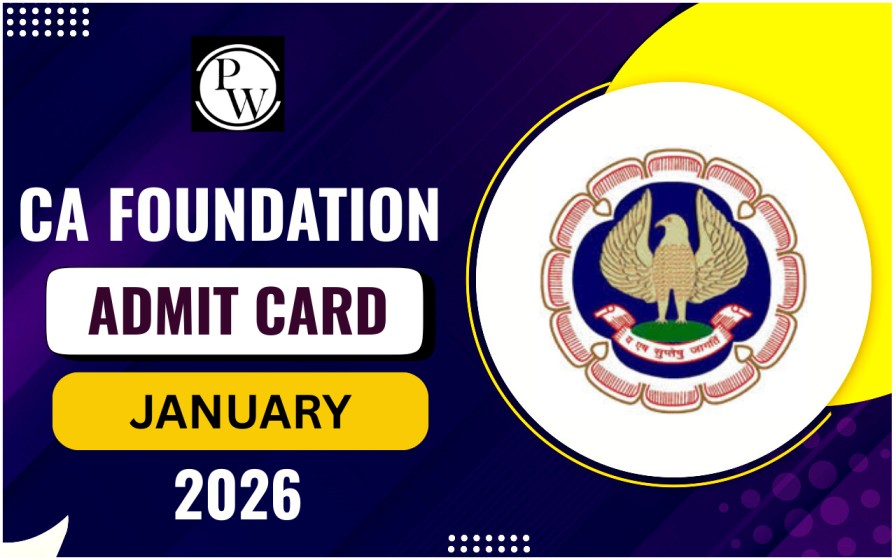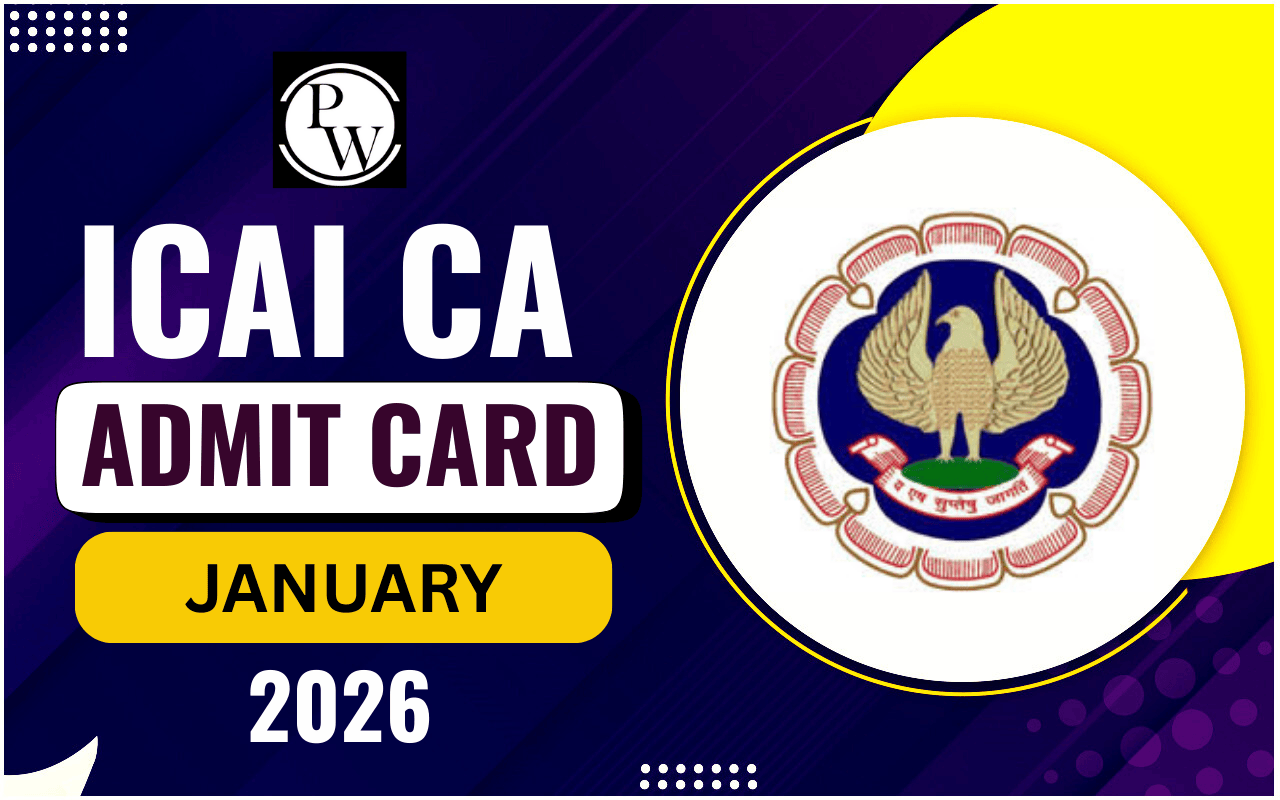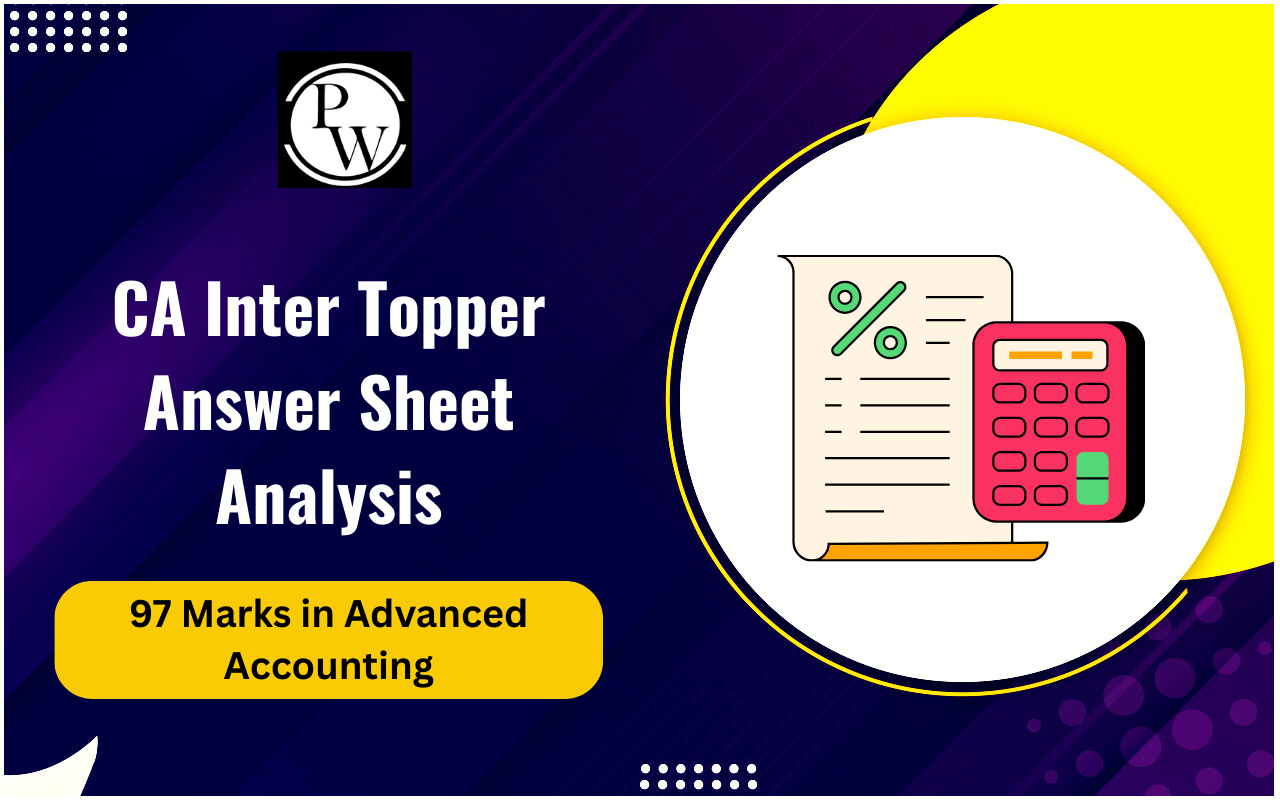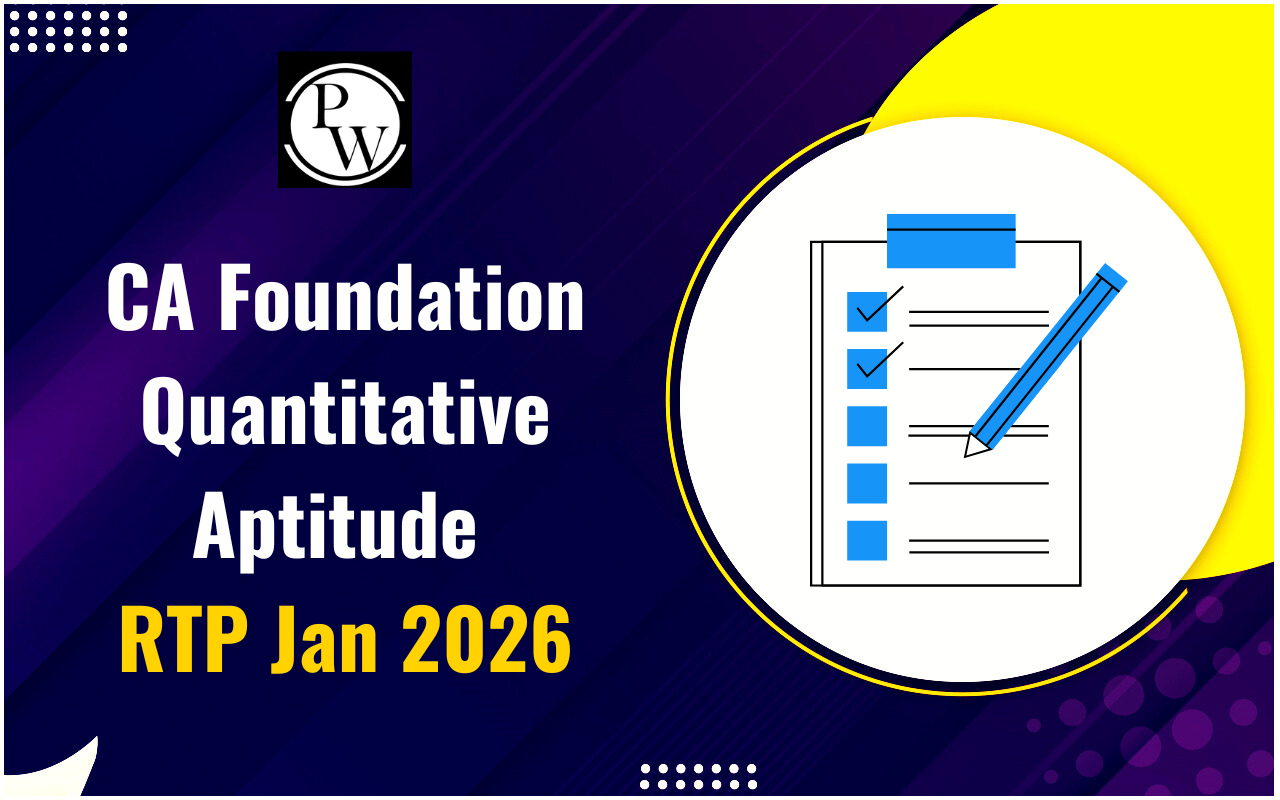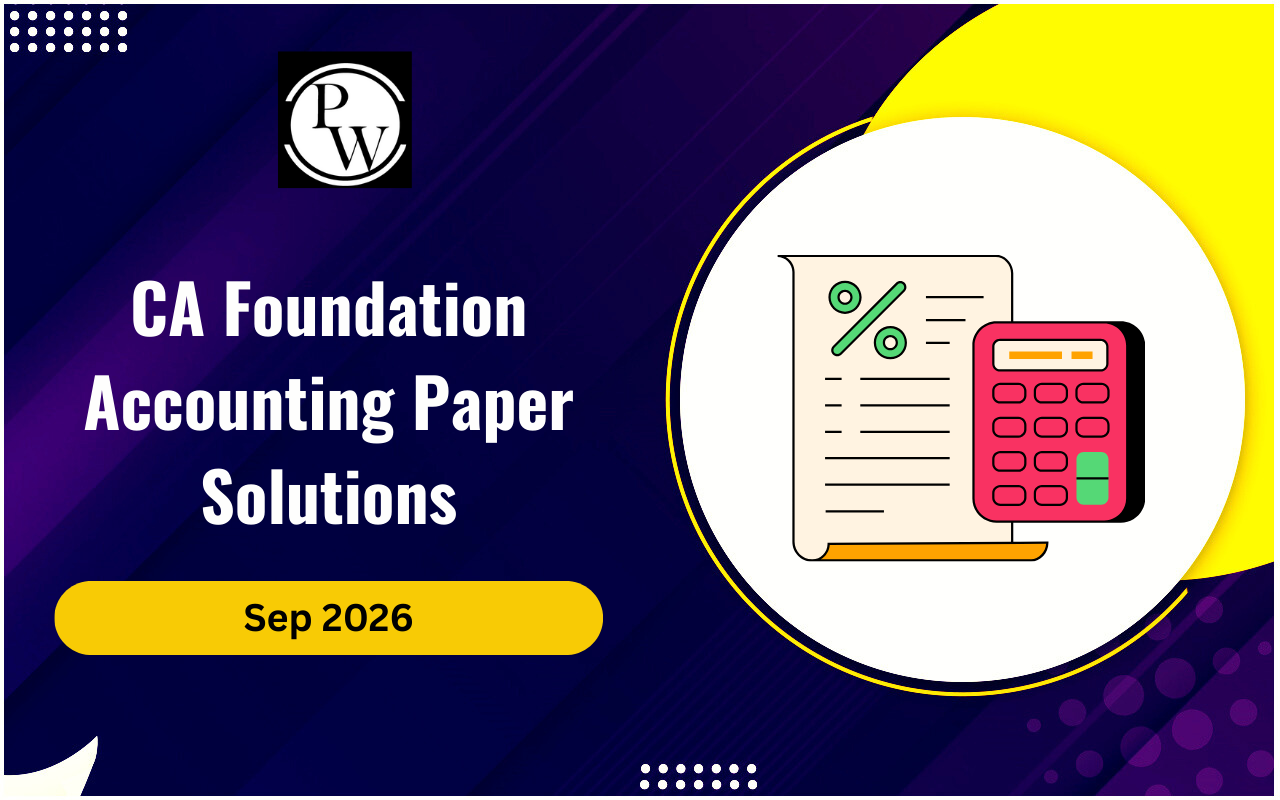
When it comes to mastering the Preparation of Final Accounts of Sole Proprietors, every aspiring Chartered Accountant (CA) must grasp the intricacies of this crucial process. It’s more than just a routine task; it's the final presentation of a sole proprietor's financial position, making it a significant part of your CA studies.
This article will help you navigate the essential aspects of preparing these accounts, ensuring you're well-equipped to excel in your CA Exams .Sole Proprietorship
A sole proprietorship, or sole trader, is the simplest form of business ownership, where one person owns and operates the business. This owner is personally responsible for the business's profits and losses, and they pay personal income tax on the business's earnings. Starting or closing a sole proprietorship is easy due to minimal government regulations. Owners often use their own names for their business, as there’s no need to register a separate business name. Unlike corporations, LLCs, or LLPs, a sole proprietorship doesn’t create a separate legal entity.Preparation of Final Accounts of Sole Proprietors FAQs
What are the final accounts of a sole proprietorship?
The final accounts include the Income Statement and the Balance Sheet, which provide an overview of the business’s profitability and financial position.
How is gross profit calculated in a sole proprietorship?
Gross Profit = Net Sales – Cost of Goods Sold (COGS). Net Sales are calculated as Sales minus Sales Returns.
What are the advantages of a sole proprietorship?
Advantages include pass-through taxation, ease of formation, and low operational costs.
What are the disadvantages of a sole proprietorship?
Disadvantages include unlimited liability, difficulty in raising capital, and limited legal protections.
How do I start a sole proprietorship?
Choose a business name, check for necessary permits or licenses, and obtain an Employer Identification Number (EIN) if hiring employees or selling taxable goods.
🔥 Trending Blogs
Talk to a counsellorHave doubts? Our support team will be happy to assist you!

Check out these Related Articles
Free Learning Resources
PW Books
Notes (Class 10-12)
PW Study Materials
Notes (Class 6-9)
Ncert Solutions
Govt Exams
Class 6th to 12th Online Courses
Govt Job Exams Courses
UPSC Coaching
Defence Exam Coaching
Gate Exam Coaching
Other Exams
Know about Physics Wallah
Physics Wallah is an Indian edtech platform that provides accessible & comprehensive learning experiences to students from Class 6th to postgraduate level. We also provide extensive NCERT solutions, sample paper, NEET, JEE Mains, BITSAT previous year papers & more such resources to students. Physics Wallah also caters to over 3.5 million registered students and over 78 lakh+ Youtube subscribers with 4.8 rating on its app.
We Stand Out because
We provide students with intensive courses with India’s qualified & experienced faculties & mentors. PW strives to make the learning experience comprehensive and accessible for students of all sections of society. We believe in empowering every single student who couldn't dream of a good career in engineering and medical field earlier.
Our Key Focus Areas
Physics Wallah's main focus is to make the learning experience as economical as possible for all students. With our affordable courses like Lakshya, Udaan and Arjuna and many others, we have been able to provide a platform for lakhs of aspirants. From providing Chemistry, Maths, Physics formula to giving e-books of eminent authors like RD Sharma, RS Aggarwal and Lakhmir Singh, PW focuses on every single student's need for preparation.
What Makes Us Different
Physics Wallah strives to develop a comprehensive pedagogical structure for students, where they get a state-of-the-art learning experience with study material and resources. Apart from catering students preparing for JEE Mains and NEET, PW also provides study material for each state board like Uttar Pradesh, Bihar, and others
Copyright © 2025 Physicswallah Limited All rights reserved.
Get App
